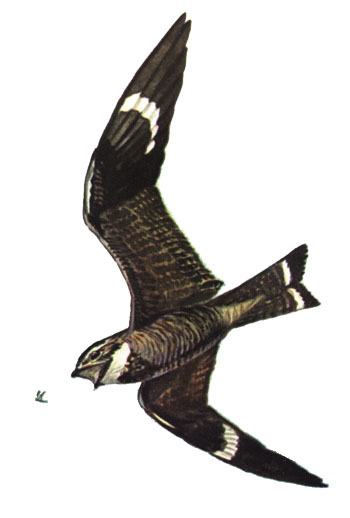The Crooked River is a high desert stream that meanders through the high desert plateau and canyons of Eastern Oregon. In its heyday it used to harbor large numbers of 2- to 6-pound rainbow trout with some over 10 pounds. Unfortunately, inadequate regulations, constant fishing pressure and poaching took its toll. Today, the average fish is 8 to 12 inches. Those early years, however, are still vivid in my mind, and one trip in particular still makes me smile.
My fishing partner Rob and I were
fishing one of our favorite haunts called the Chukar Hole. As we worked
downstream my line suddenly stopped. Thinking that I was snagged I lifted the rod
to free it, but then more line began to scream off the reel. I knew it had to
be large because it was heavy and never jumped as I continued to stumble after
it. Rob rushed down with the net and yelled, “Doug, it’s huge! Hang on to him.”
The only chance to land it was the large pool below, so I kept the pressure on
and walked it down. Finally, it stopped when it reached the pool and I said
with urgency, “Get him Rob. I don’t want to lose it!” Suddenly, as he began to net it, he started
laughing and said,
“You
won’t believe this Doug.”
“Believe what,” I shouted.
“It’s not a fish!”
“What?”
“It’s a 5-pound muskrat!”
“It’s a 5-pound muskrat!”
Although this was a frustrating conclusion,
we both agreed that hooking a real muskrat with a muskrat fly was a unique accomplishment.
How to tie the Muskrat Fly:
Materials:
Hook: Mustad No. 9672, Size 8
Thread: 3/0
Monocord
Tail: Small bunch of muskrat fur with guard hairs
Tail: Small bunch of muskrat fur with guard hairs
Body: Dubbed
muskrat
Wing: Muskrat
underfur with guard hairs
Head: Black
ostrich or mohair.
1. Tie
in the tail with the guard hairs extended backward and then spin some muskrat fur on the thread between the hook and bobbin.
2. Dub the body forward 1/3 and tie in another small bunch of muskrat on top of the hook with the guard hairs pointed backward.
2. Dub the body forward 1/3 and tie in another small bunch of muskrat on top of the hook with the guard hairs pointed backward.
3. Dub
a second bunch of muskrat forward 1/3 and tie in another clump of muskrat on top of the hook with the guard hairs extended backward.
4. Spin in 2 black ostrich herls and tie the head off.



















